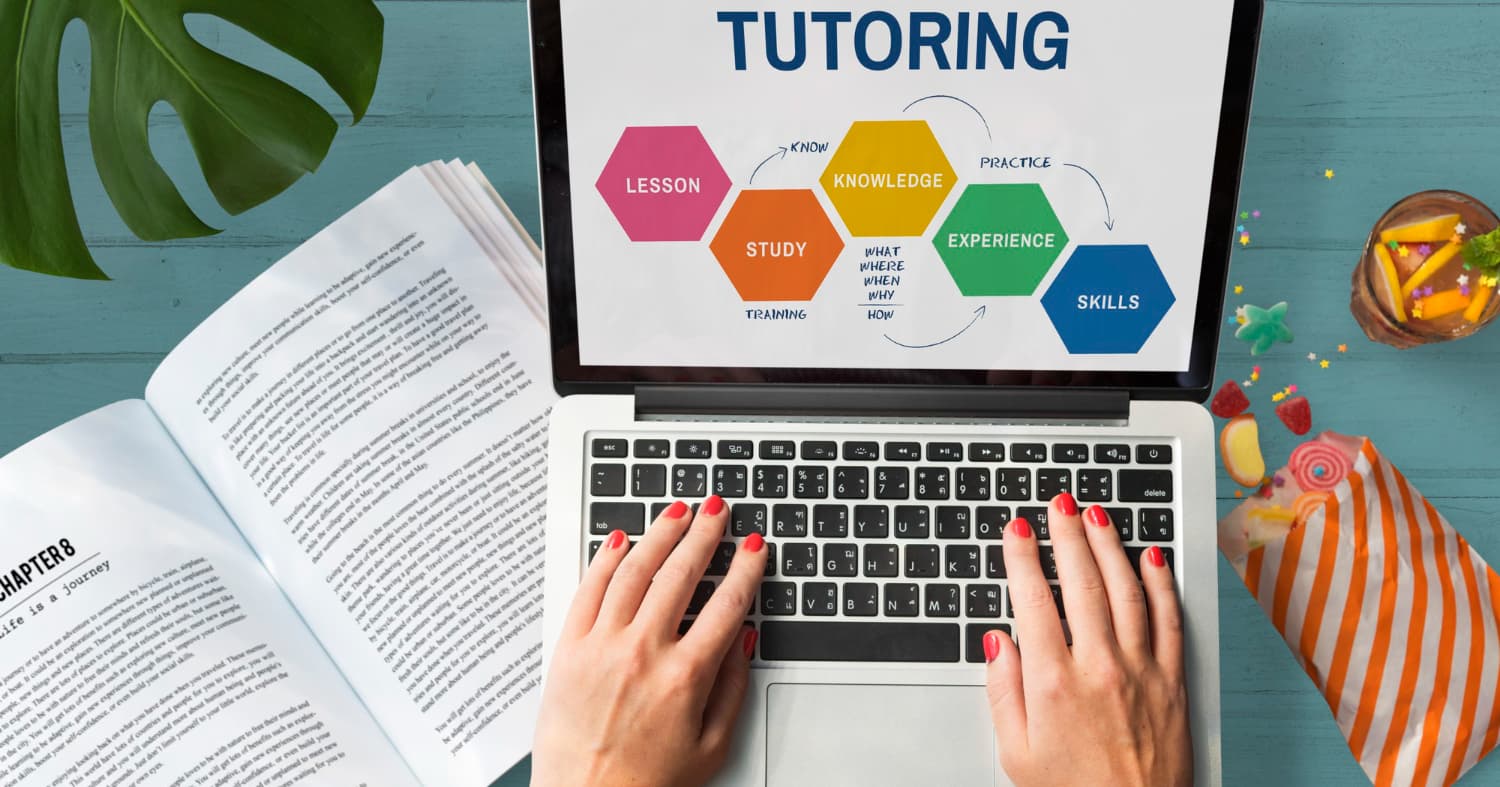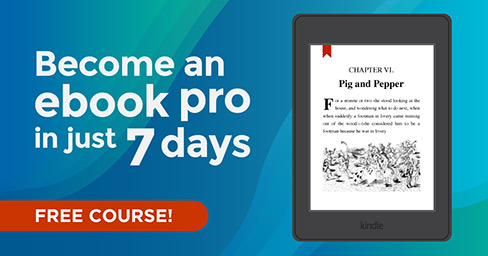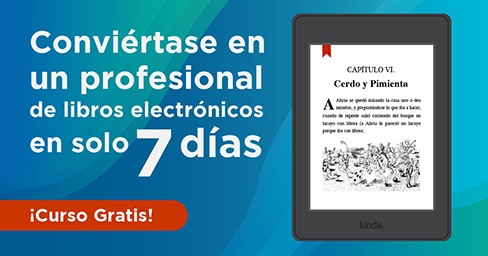How to Publish a Book for Free and Maximize Your Profit
Free self-publishing is no longer a myth. Knowing how to utilize the various free tools available today can save you a lot of money and help you reach a wide audience along the way. So start preparing and perfecting your book for publishing, and get ready to maximize your profit with Kotobee Books!
Read

















